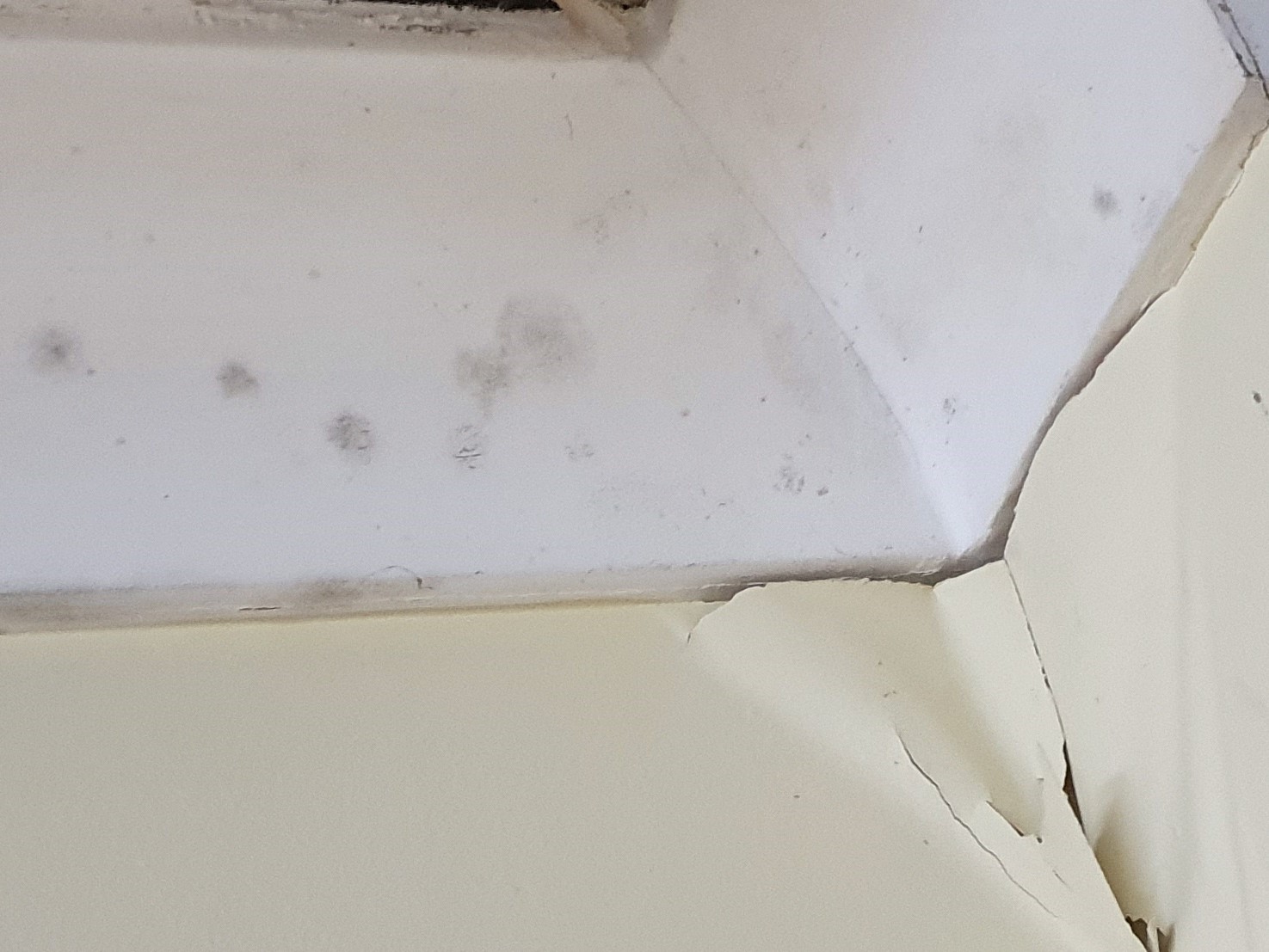

One of the most common questions we get asked is how to prevent mould formation and whether any sprays can work to achieve this. While we can certainly prevent mould formation, the areas need to be taken care of regularly to ensure that the mould doesn’t return. It is often said that prevention is better than a cure, and when it comes to mould, this is most certainly the case!
Causes of mould formation
Before we delve too deeply, let’s take a step back and take a look at what causes mould in the first instance. Mould will occur in a damp environment where there is minimal to no airflow. A lot of homes will suffer mould issues in wardrobes and bathrooms. Wardrobes are ripe for mould formation due to being permanently shut off from fresh air even when windows and doors to the rest of the home are opened. Bathrooms are also prime areas for mould due to a lack of ventilation and insufficient use of an extraction fan whilst the room is full of steam.
Ventilation and air flow
The simplest way to prevent mould formation is to ensure adequate airflow, especially in areas that don’t naturally experience it such as wardrobes and cupboards. The doors should be kept open as often as possible, along with exterior windows. A fan can be pointed towards the area and a moisture absorbing desiccant (such as Damprid) can be used when the doors are closed.
Water extraction equipment
Whilst simple home remedies will be satisfactory for regular moisture levels found in the home, once there is a significant flooding event, specialist treatment and equipment should be used to prevent long-term effects of mould including health issues and damage to property.
Mould can occur from a clean water source in as little as 24-48 hours. Fortunately, most flooding emergencies are from clean water sources, typically caused by burst flexi hoses or hot water systems and can be treated with the installation of water extraction equipment. There is no need for chemical treatment in these circumstances, provided that drying equipment has been installed early.
We have touched on the importance of air movers and dehumidifiers in a previous article. The correct use of these pieces of equipment after extracting the freestanding water will ensure adequate airflow and dehumidification in order to prevent the flooded area from becoming stagnant and developing mould.
Chemical sprays – High risk water sources
Medium risk (overflowed laundry and bathtubs) and high risk (rain water and the dreaded sewerage from a blocked drain) require immediate treatment with anti-microbial spray.
In medium risk flooding, we may be able to save the floor coverings including carpets which contain bacteria after treatment. In more serious high risk flooding, all floor coverings are removed and disposed of and the remaining area is treated with anti-microbial spray.
If there is any mould present within these water sources, the antimicrobial will kill the mould spores along with any bacteria present, before beginning the drying process. Once again, promptness is paramount.
Chemical sprays can be used on mould affected areas to treat mould which has already formed. However, it is not a preventative measure on its own and needs to be undertaken in conjunction with adequate air flow and dehumidification after the mould is removed.
Contact FloodMaster 24/7 for professional help
The proper techniques in flood restoration of your home or business will also prevent mould from occurring in the first instance.
In these instances it becomes a great matter of emergency to begin flood restoration as soon as possible. This is why FloodMaster is available 24/7 to assist. Our technicians are IICRC trained, and are familiar with the most efficient way to dry your home or business, and ensure that mould does not become an issue. Call us on 0468 874 368 day or night.

